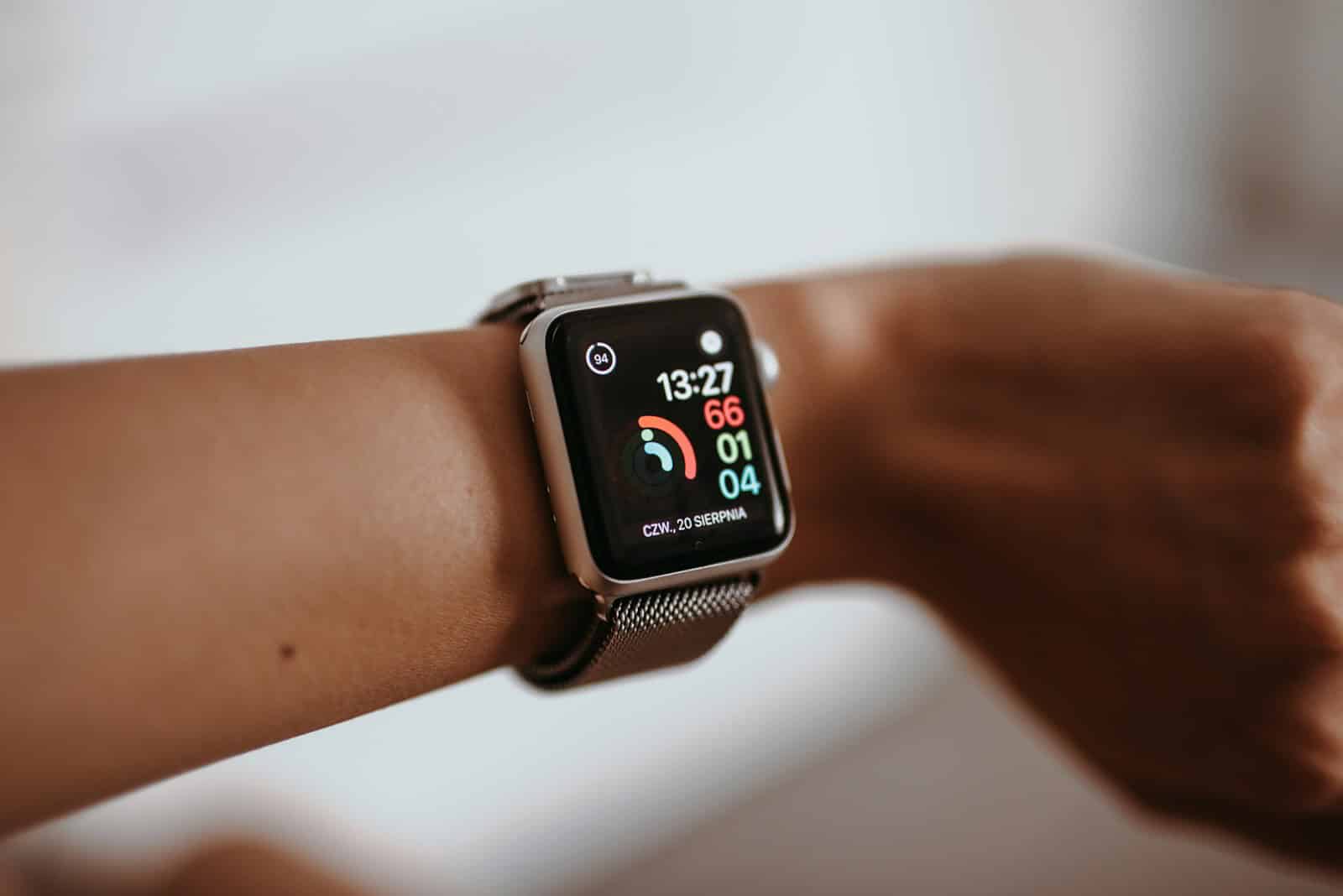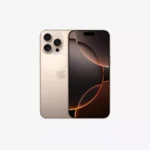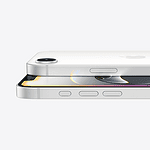When choosing an Apple Watch, it’s important to consider factors such as design, build quality, and features. The size of the watch affects its comfort on your wrist and how easily you can use its features. Apple Watch models come in different case sizes, ranging from 40mm to 49mm. It’s important to measure your wrist accurately to ensure a good fit. Larger models offer bigger display areas, which can improve visibility and touch interaction. Apple Watch models include the SE, Series 9, Ultra, and earlier series, each with unique specifications.
Different materials like aluminum, stainless steel, and titanium are used in their design, offering choices in both looks and durability. Consider the compatibility of bands across different models to personalize your device. Performance features vary with different Apple Watch sizes. Consider your needs in health and wellness tracking, safety and emergency functions, and overall tech integration. Larger watches might offer a bigger screen and more features, but they are also heavier and may be too bulky for some wrists.
Sizing Up Your Apple Watch
Apple has released a variety of Apple Watch models over the years, each with different size options to cater to diverse wrist sizes and preferences. The current lineup includes the Apple Watch Series 9, Apple Watch SE, and Apple Watch Ultra 2, each available in two sizes.
Apple Watch Sizes (MM)
| Model | Sizes (mm) | Fits Wrists (mm) |
|---|---|---|
| Apple Watch Series 9 | 41, 45 | 130-200 (41mm), 140-220 (45mm) |
| Apple Watch SE | 40, 44 | 130-200 (40mm), 140-220 (44mm) |
| Apple Watch Ultra 2 | 49 | 130-210 |
Apple Watch Sizes (Inches)
| Model | Sizes (inches) | Fits Wrists (inches) |
|---|---|---|
| Apple Watch Series 9 | 1.61, 1.77 | 5.1-7.9 (1.61″), 5.5-8.7 (1.77″) |
| Apple Watch SE | 1.57, 1.73 | 5.1-7.9 (1.57″), 5.5-8.7 (1.73″) |
| Apple Watch Ultra 2 | 1.93 | 5.1-8.3 |
Choosing the Right Size for You
Selecting the right Apple Watch size depends on your wrist size and personal preference. Apple provides size recommendations based on wrist circumference measurements:
- Smaller Wrists (130-150mm): The 40mm or 41mm models are generally a good fit for smaller wrists, offering a comfortable and balanced look.
- Average Wrists (150-180mm): Both the 40mm/41mm and 44mm/45mm models can work well for average-sized wrists. The choice often comes down to personal preference for a more compact or bolder look.
- Larger Wrists (180mm+): The 44mm, 45mm, or 49mm models are better suited for larger wrists, providing a more proportionate and comfortable fit.
Measuring Your Wrist
To determine your wrist size, you can use a flexible measuring tape or a piece of string and a ruler. Wrap the tape or string snugly around your wrist, just above the wrist bone, and note the measurement in millimeters.
Beyond Size: Other Factors to Consider
While size is a crucial factor, other aspects can influence your Apple Watch choice:
- Display Size: Larger models offer a more expansive display, which can be beneficial for reading text, viewing notifications, and interacting with apps.
- Battery Life: Larger models typically have slightly larger batteries, potentially offering longer battery life.
- Style: Some individuals prefer the sleekness of smaller models, while others gravitate towards the bolder statement of larger ones.
Ultimately, the best way to choose the right Apple Watch size is to try them on at an Apple Store or authorized retailer. This will allow you to see how each size looks and feels on your wrist, helping you make an informed decision.
Sizing Up Your Apple Watch Band
In addition to the watch case size, you’ll also need to choose the correct band size. Apple offers bands in various sizes and styles, each compatible with specific watch models. Be sure to select a band that corresponds to your chosen watch size and your wrist circumference.
Key Takeaways
- Fit and comfort depend on the accurate measurement of the wrist and selection of the correct watch size.
- Materials used in design affect the look and durability of the Apple Watch.
- Each Apple Watch size offers unique features and performance metrics.
Design and Build
When choosing an Apple Watch, material, size, and display influence both aesthetics and user experience.
Material Variants
The Apple Watch comes in various materials such as aluminum, stainless steel, and titanium. The aluminum models offer a lightweight option and feature Ion-X glass to protect the display. Stainless steel versions provide added durability and a shinier finish, suited for a more premium look. For the rugged outdoors or extra resilience, the Apple Watch Ultra models use titanium, known for its strong yet lightweight properties.
Size and Weight Differences
Each Apple Watch series has distinct size and weight profiles. Starting with Apple Watch Series 4 and 6, sizes include 40mm and 44mm options. Later, the Series 7 introduced slightly larger sizes, 41mm and 45mm. The current models, Series 9 and the Ultra 2, retained these dimensions. The Ultra models stand out for their larger, bulkier casing designed for extreme conditions.
Display Characteristics
Apple Watch displays have evolved to offer better visibility and more screen area. They use OLED technology to produce bright and color-rich displays known as Retina display. The Series 7 and newer models, including the Series 9 and Ultra 2, showcase a larger, edge-to-edge screen that allows more information at a glance. This design enhances interaction with the watch face and apps.
Features and Performance
When comparing Apple Watch models, it’s useful to look beyond just the physical size and consider what they offer in terms of features and performance, including health and fitness tracking, connectivity options, and battery management.
Health and Fitness Tracking
Apple Watches have a wide range of health features. They provide high and low heart rate notifications and have sensors for tracking workouts and daily activities. Advanced health features include an ECG app and blood oxygen monitoring. Newer models offer temperature sensing for retrospective ovulation estimates, which can be helpful for cycle tracking. Fall detection and crash detection can alert emergency services and contacts if necessary.
Connectivity and GPS Options
All Apple Watch models offer GPS capabilities to track activities with precision. The latest models also include GPS + Cellular options, providing freedom from a phone while staying connected. They are equipped with an L1 GPS and a new precision dual-frequency (L1 and L5) GPS for better location accuracy. This is beneficial for outdoor workouts and if someone gets lost, the Backtrack feature can help find the way.
Battery Life and Power Management
Battery life is a critical element for users. Apple Watch models aim for an all-day battery life of about 18 hours. New models come with a fast charging feature, achieving an up to 80% charge in about 45 minutes. Low Power Mode extends battery life, lasting up to 36 hours. This energy efficiency supports the use of health features, connectivity, and other functionalities throughout the day without frequent recharging.







